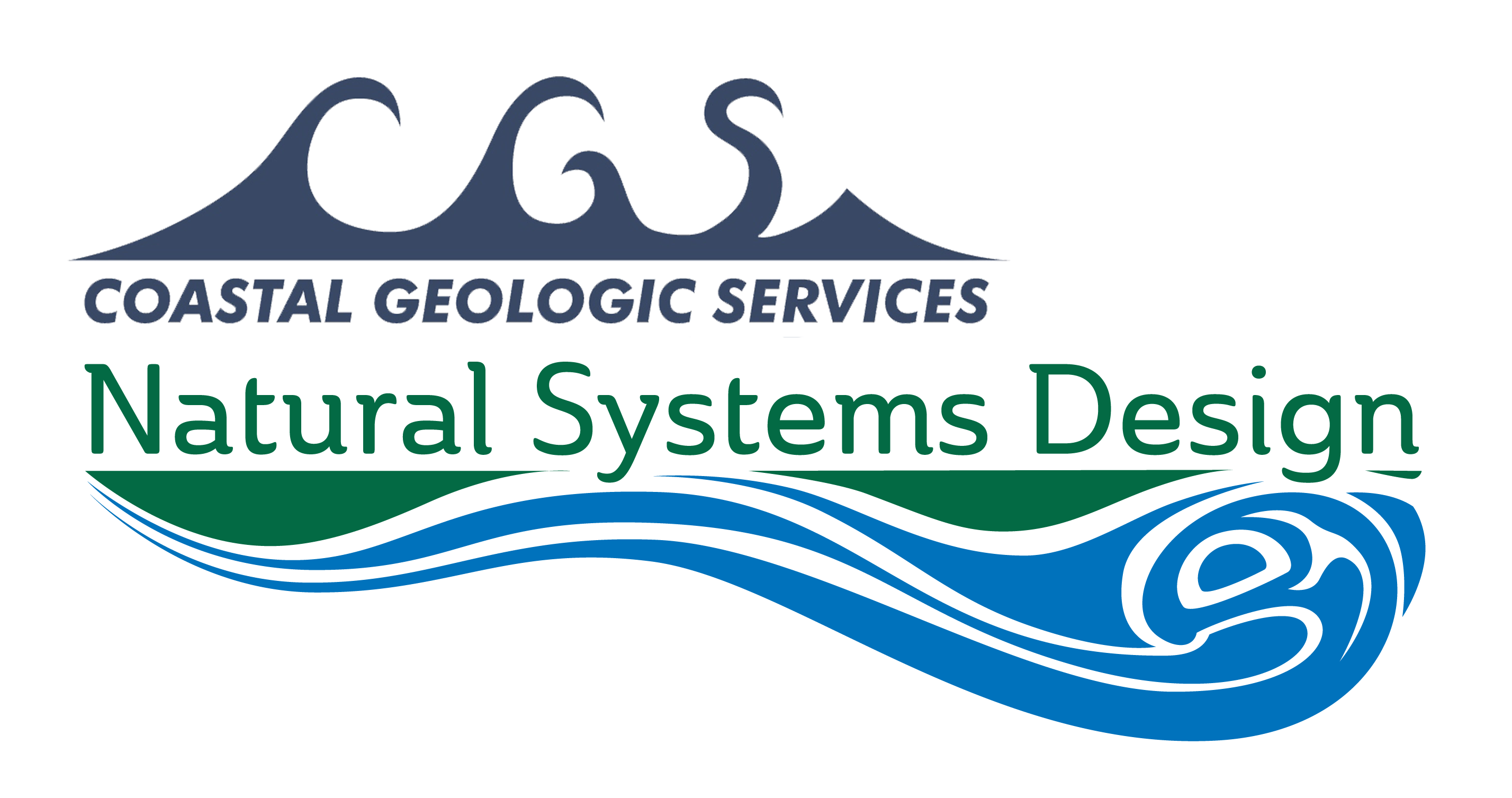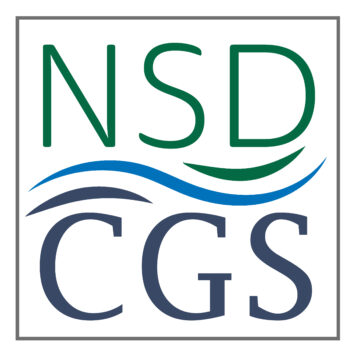Over the past 150 years, Bellingham Bay has lost an estimated 280 acres of aquatic land as a result of historical dredging, filling and shoreline modifications. This has drastically reduced the amount of rearing habitat that local salmonid populations rely on for rearing, refuge and foraging.
Natural Systems Design (NSD) helped regain some of this lost habitat by leading the design of the City of Bellingham’s Little Squalicum Estuary project.
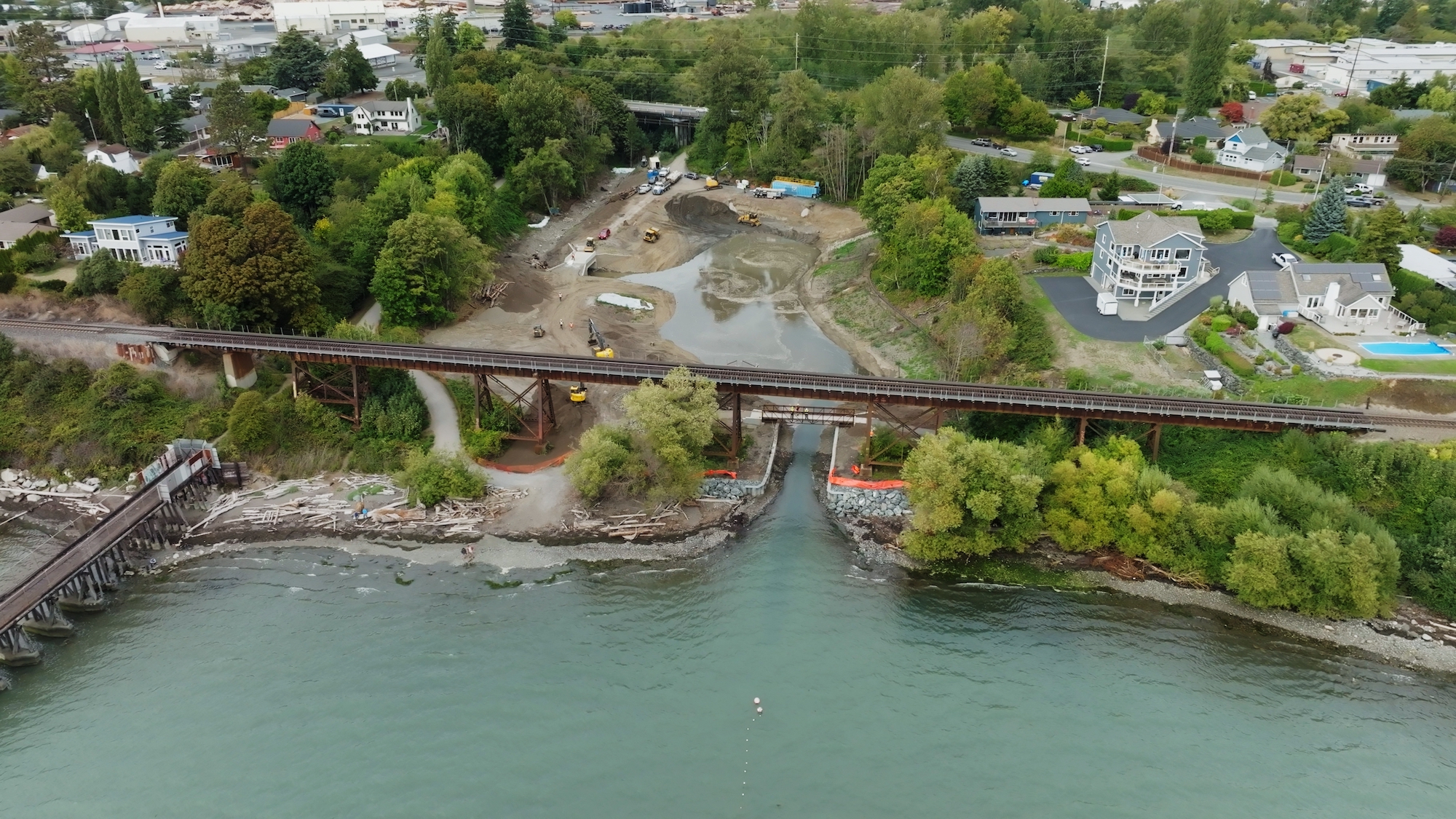
Funded by federal, state, local and non-profit organizations, the overall $6.1M project restored 4.85 total acres of coastal habitat, including the estuary, and removed a fish passage barrier at the mouth of Little Squalicum Creek east of the Nooksack River Delta. The project team excavated the estuary, re-aligned the existing creek and park trails, installed native plants, constructed two new pedestrian bridges and multiple new park trails, and also upgraded some park facilities.
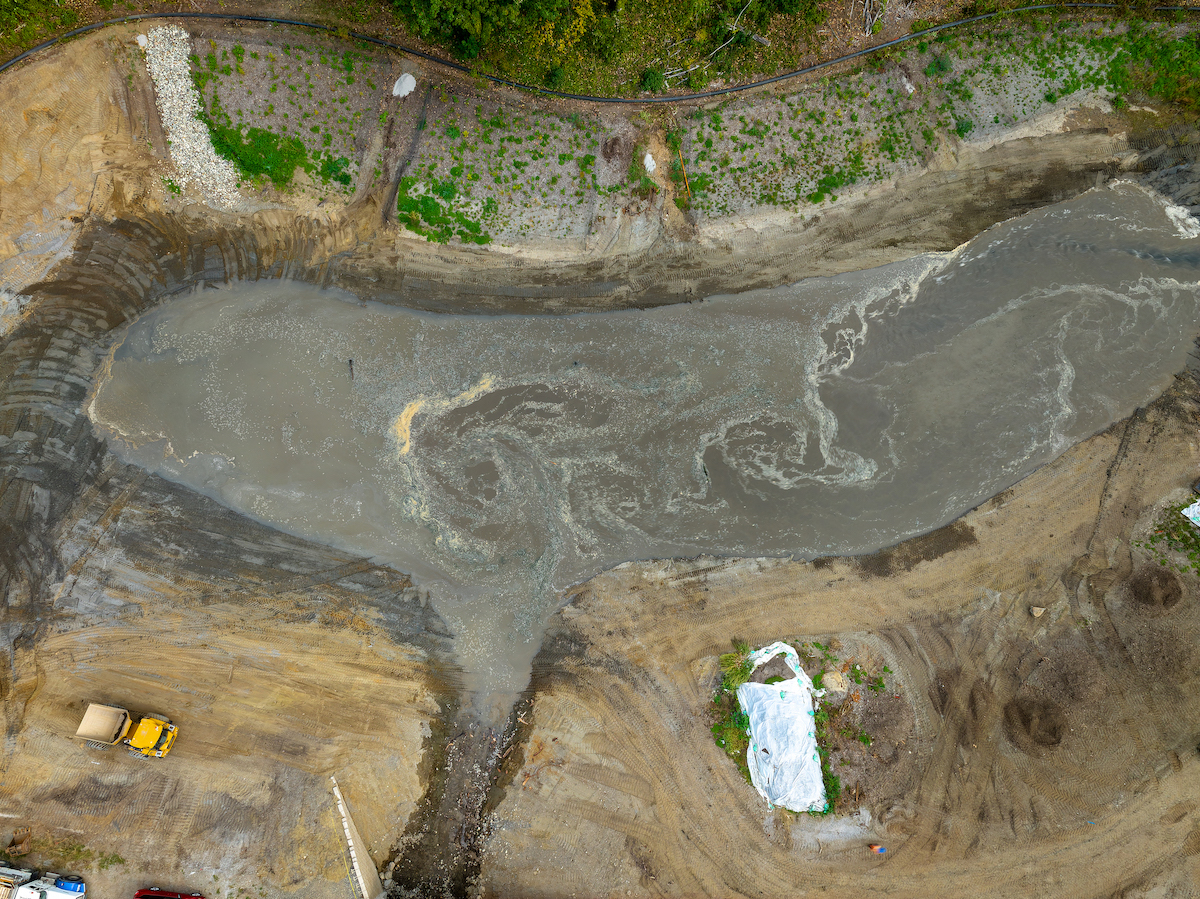
ACEC WA Award 2024
The project received a Best in State Silver Award from the American Council of Engineering Companies (ACEC WA) at its Engineering Excellence Awards ceremony in February 2024. In recognition, the City of Bellingham wrote on its Little Squalicum Estuary project page, “This esteemed award, given annually to projects demonstrating exceptional innovation and complexity, highlights the dedication and expertise poured into restoring this essential coastal habitat. The award specifically recognizes the unprecedented complexity involved in navigating various challenges, including securing funding, site cleanup, land acquisition, permitting and construction.”
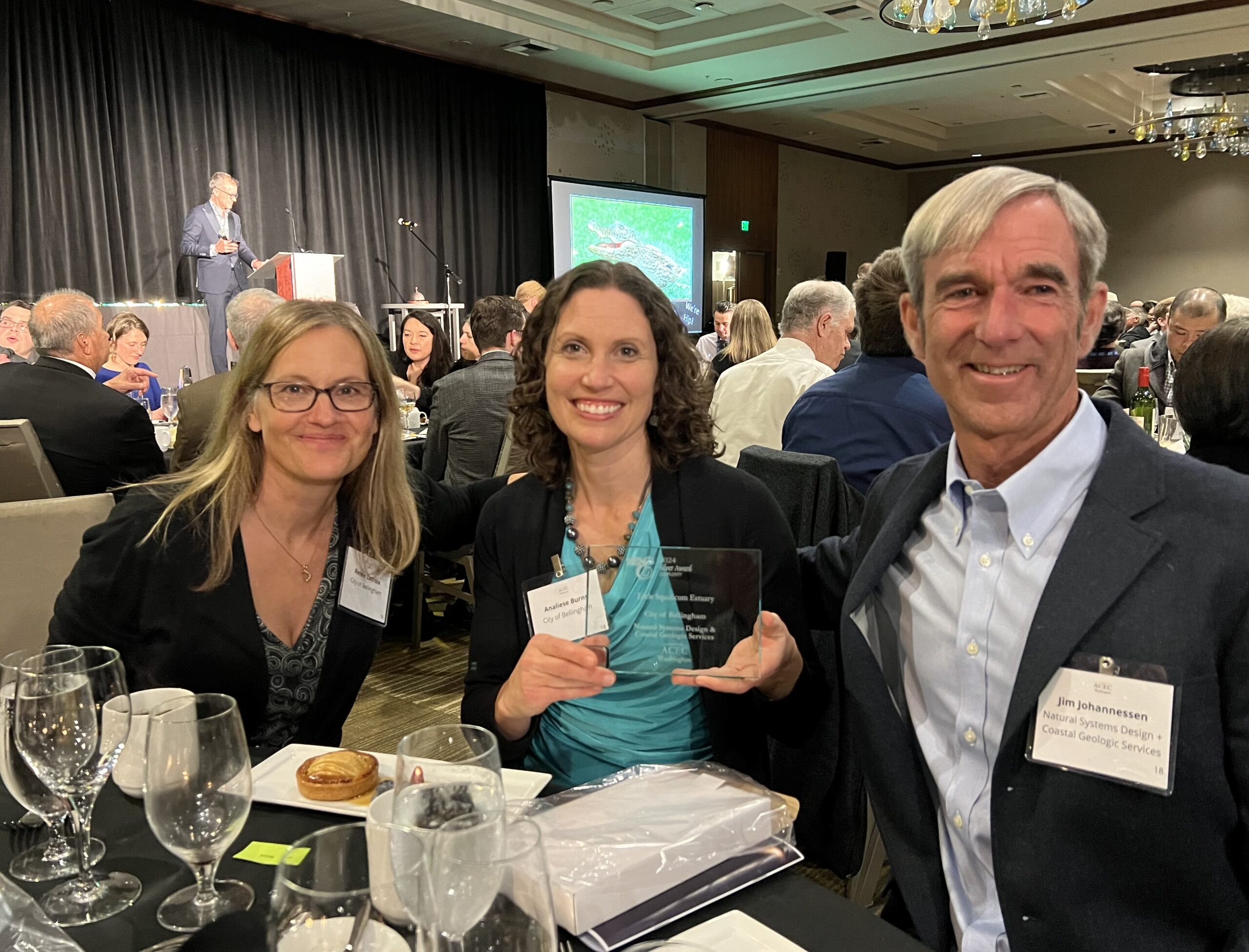
Project Background
The City of Bellingham worked with Natural Systems Design (NSD) Principal Coastal Geologist Jim Johannessen in 2008 when completing the feasibility study, and he remained involved through project completion in 2023. NSD served as the lead design firm for the City of Bellingham, performing coastal engineering, coastal geological analysis and design, and design team coordination. The firm also helped the City raise money for the project, created an updated cost estimate when the project was restarted in 2021, and completed some of the technical aspects of construction documents.
Many factors had to align to allow for the large estuary habitat creation project to occur within a high use, functioning City Park on the fringes of a past superfund cleanup project site. Through the City’s 2010 Little Squalicum Park Master Plan process, a diverse group of stakeholders incorporated the estuary creation concept into the final park master plan. The project is also on the WRIA 1 Salmon Recovery work plan.
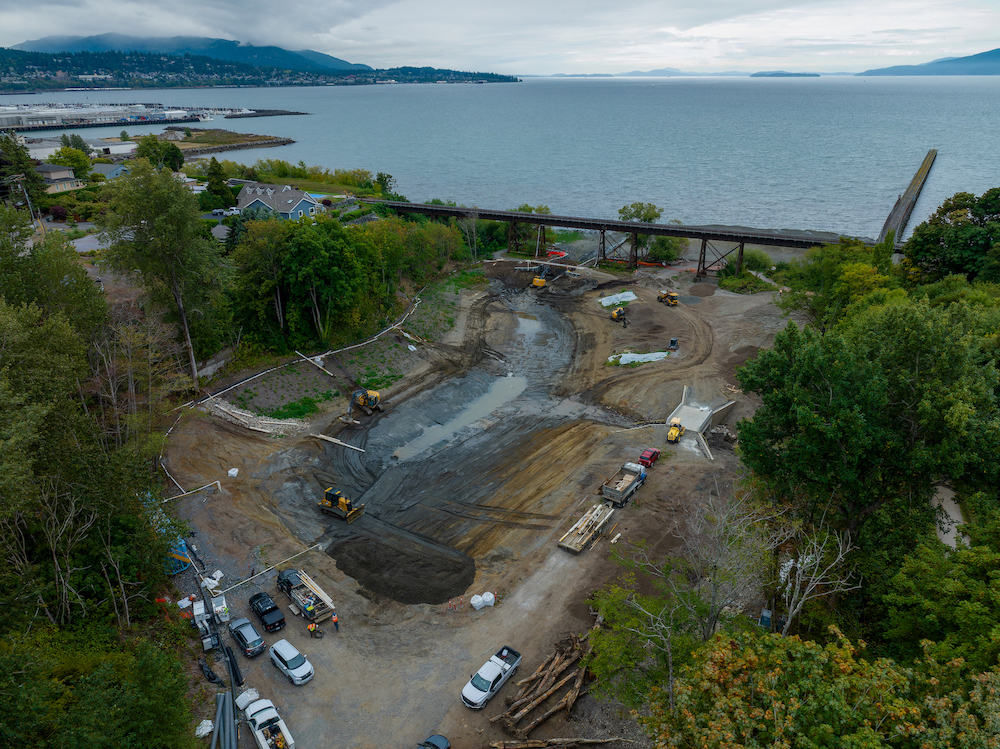
Project Results
Substantially completed in October 2023, the new estuary is 2.2 miles east of the mouth of the Nooksack River. It is in area where estuaries within 5 miles of river mouths have been shown to be essential for the survival and health of juvenile Puget Sound Chinook and other species of Pacific salmon.
The project is providing immediate benefits to the area’s aquatic wildlife, along with residents, recreationists, and area groups and businesses. It is also designed to be self-sustaining with sea level rise.
In addition to benefiting the threatened Puget Sound Chinook salmon, the project improves water quality and restores essential coastal habitat that has been lost to development.
In September 2023, the City of Bellingham posted a video showing the water from the Little Squalicum Estuary entering Bellingham Bay, exclaiming, “It’s not every day that you get to see water entering an estuary for the first time!”
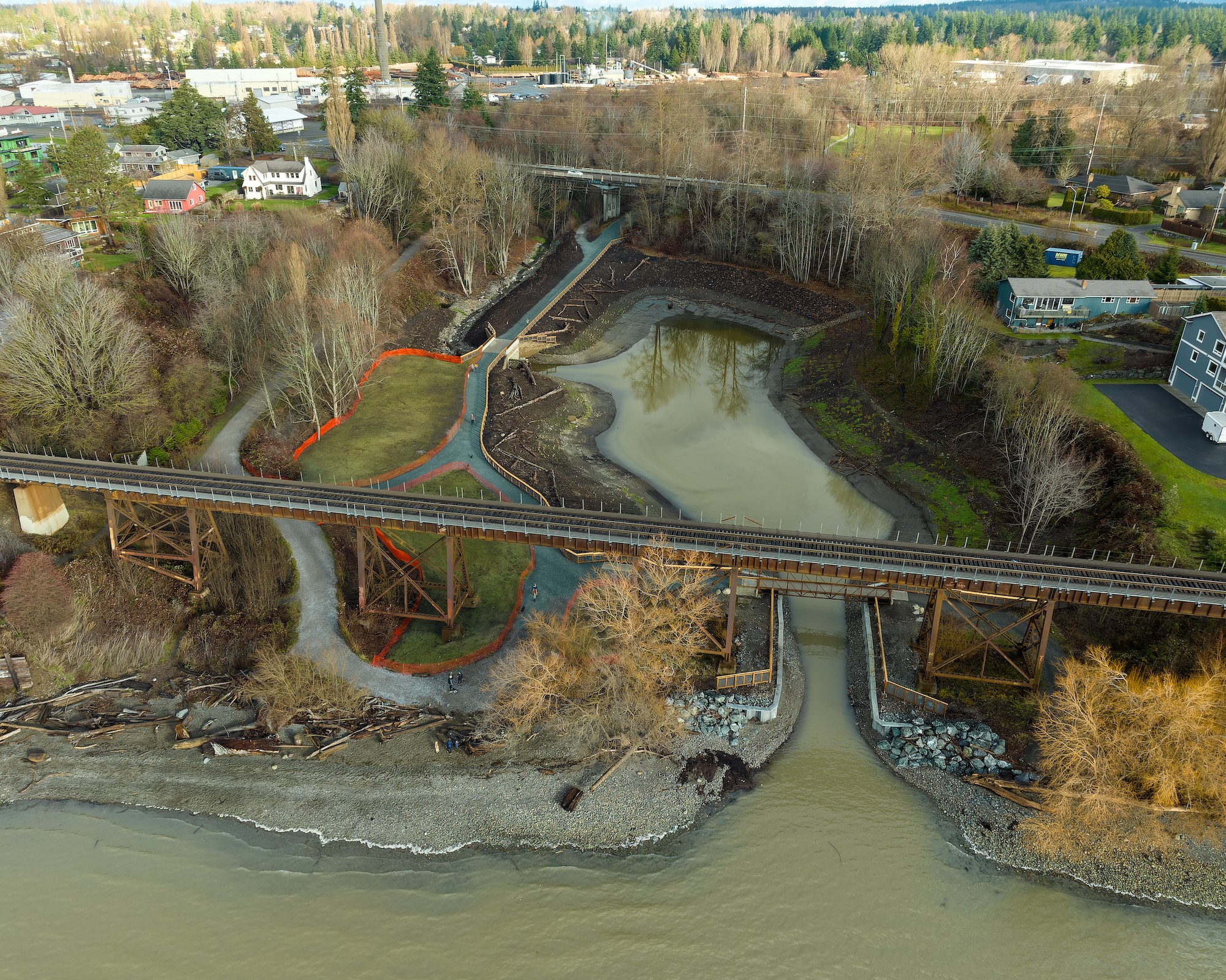
There were also several volunteer planting events in the area. The City of Bellingham and Nooksack Salmon Enhancement Association (NSEA) hosted 232 volunteers who planted approximately 4,500 native plants at the estuary site and built greater awareness of local natural resources.
On its Little Squalicum Estuary website page, the City posted in February 2024: “Project construction and site planting is complete. All trails in Little Squalicum Park open, including a new trail and pedestrian bridge that offer views of the Little Squalicum Estuary.”
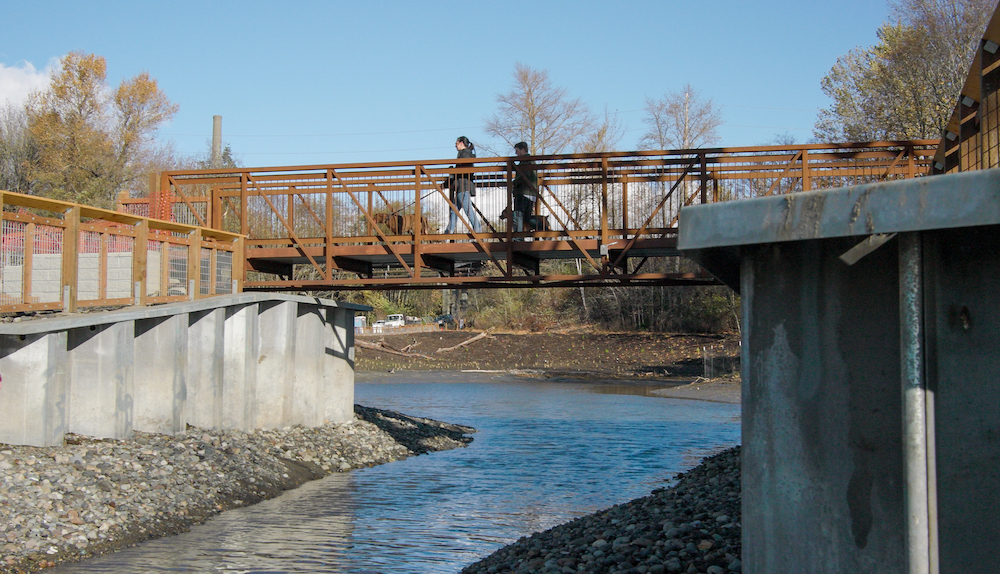
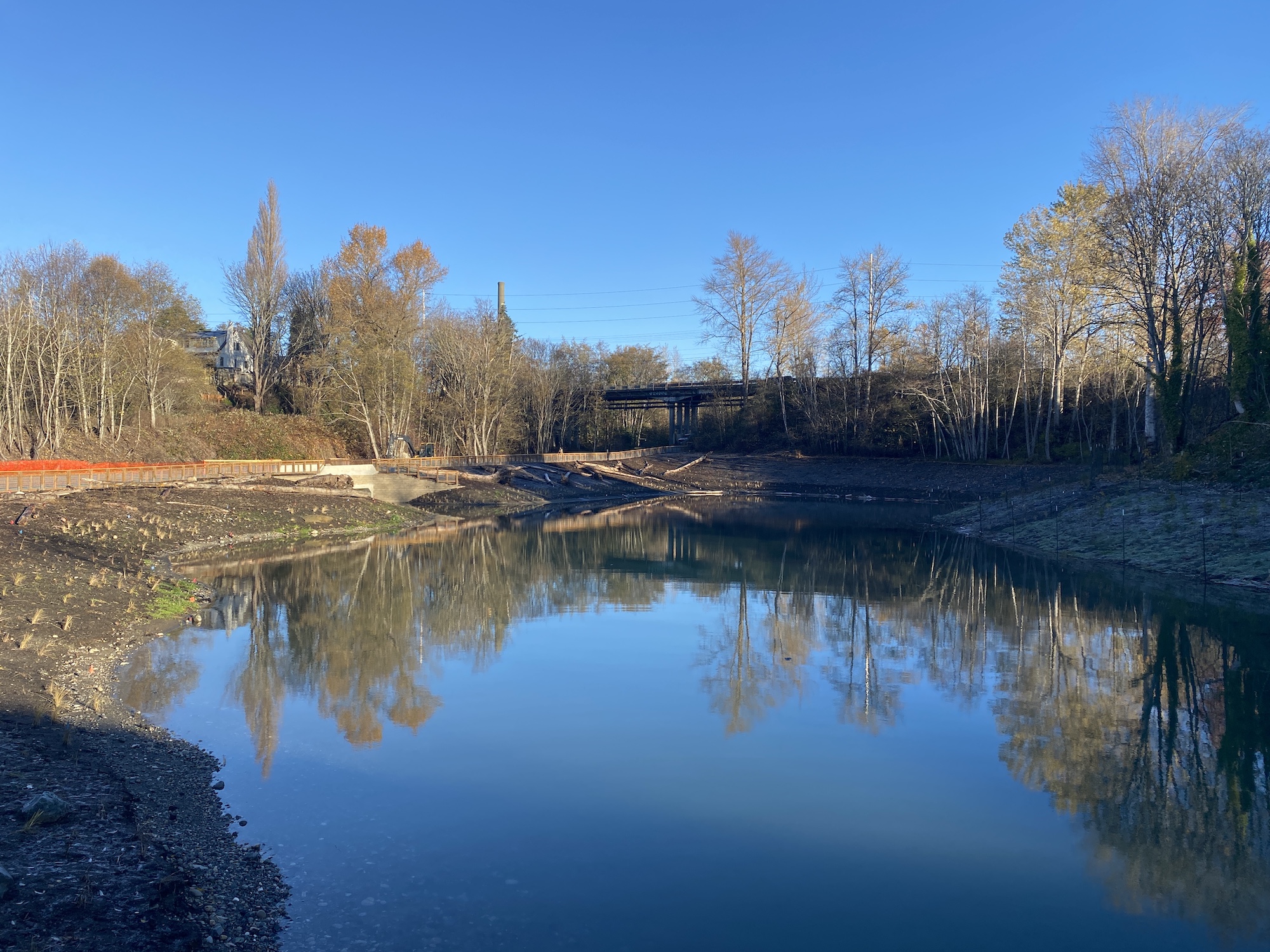

The following funders were also critical to project success:
- City of Bellingham
- Washington Department of Ecology Centennial Clean Water Program
- Washington Department of Ecology One-Time Grant Program
- Washington State Aquatic Lands Enhancement Account Grant Program
- Washington State Estuary and Salmon Restoration Program
- US Fish and Wildlife Service National Coastal Wetland Conservation Grant Program
- Port of Bellingham
- Whatcom County
- Nooksack Salmon Enhancement Association (NSEA)
Additionally, the project included partnerships with landowners within the project area including Lehigh Northwest Cement Company, Port of Bellingham, Whatcom County, and BNSF.

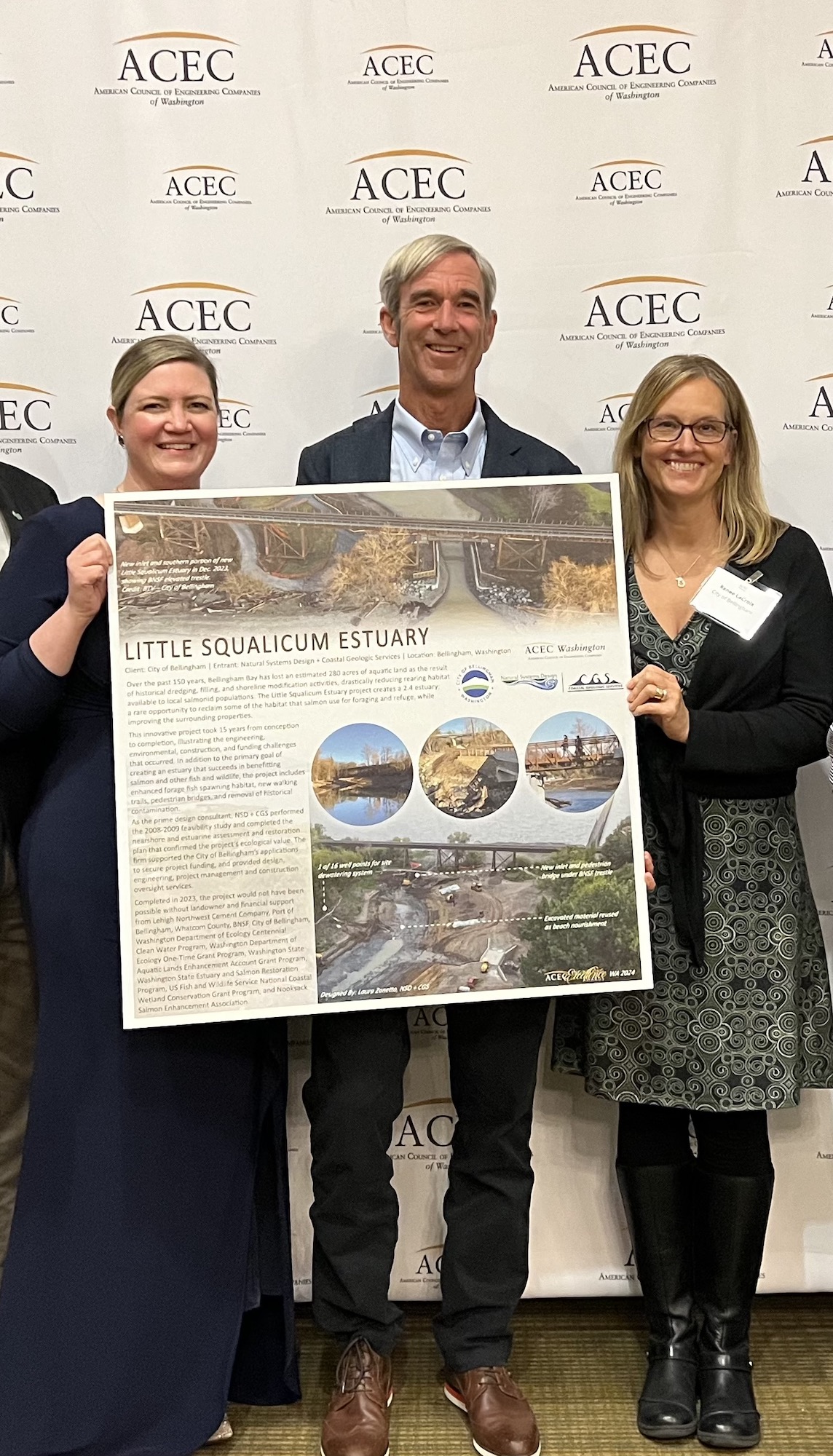
The following funders were also critical to project success:
- City of Bellingham
- Washington Department of Ecology Centennial Clean Water Program
- Washington Department of Ecology One-Time Grant Program
- Washington State Aquatic Lands Enhancement Account Grant Program
- Washington State Estuary and Salmon Restoration Program
- US Fish and Wildlife Service National Coastal Wetland Conservation Grant Program
- Port of Bellingham
- Whatcom County
- Nooksack Salmon Enhancement Association (NSEA)
Team members included:
- Aspect Consulting, LLC (environmental)
- Jones Engineers (structural and civil engineering design)
- Glacier Environmental Services (contractor)
- Northwest Ecological Services (wetland assessment and impact avoidance)
- Pacific Survey and Engineering (site survey)
- Washington Conservation Corps
Additionally, the project included partnerships with landowners within the project area including Lehigh Northwest Cement Company, Port of Bellingham, Whatcom County, and BNSF.
